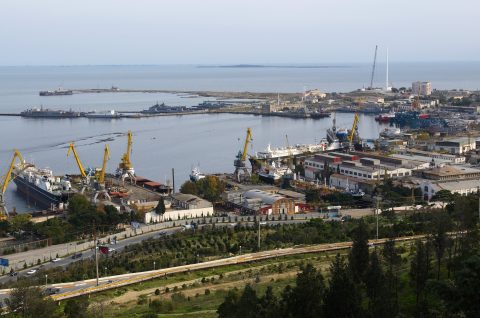Russia-China rail freight volumes keep skyrocketing

Rail freight volumes between China and Russia are continuing to increase. Over the first nine months of 2023, more than 128 million tons were transported via rail between the two countries. This signals a 51.5 per cent increase compared to the same period in 2022. To have a clearer picture, 120 million tons of goods were transported via rail for the whole of last year.
A few Chinese rail freight players have been worrying about a possible drop in China-Russia rail freight volumes. However, the figures, provided by Russian Railways (RZD), seem to be telling a different story. Moreover, a handful of new China-Russia routes were introduced this year, including the Moscow-Beijing and Moscow-Langfang. On the other hand, it has not been a bed of roses for Russia. One of the main problems is that imports from China surged, while exports to the West have significantly decreased. This led to over 150,000 containers being stranded in Russia because empty ones cannot be shipped back to China.
Impact of sanctions or ‘turn to the East’?
According to Oleg Belozerov, head of RZD, this increase in China-Russia volumes can be linked to the so-called ‘turn to the East’, a recent shift in Russia’s foreign policy. This initiative aims at boosting trade relationships with countries in the East while dwindling the ones with the West. However, some might argue that the recent spike in China-Russia volumes is linked to the sanctions implemented by the European Union on Moscow after its invasion of Ukraine. Recent packages of EU sanctions made it significantly harder to run China-Europe trains via Russia.
In July, for example, a new bundle of regulations forbade the transit of certain sensitive products along this route. The impact of these sanctions was felt, especially in Małaszewicze, the major European border crossing for Silk Road trains between Poland and Belarus. Here, there was a 24.3 per cent drop in westbound volumes during the first six months of this year. However, China Railways claimed that China-Europe trains grew by 30 per cent during 2023 H1. This data included trains ending their journeys in Russia. In other words, all available data points to the fact that China is sending more trains to Russia and significantly less to other European destinations.
A type of product that mirrors this trend is cars. Because of the EU sanctions, Russia cannot purchase vehicles from European manufacturers. Thus, Russians began to buy cars coming from China. Imports of Chinese cars to Russia were on the rise already in 2022, but rail did not play a significant role. However, things might be changing. For instance, RZD and FESCO launched a service in June for the rail transportation of cars and e-commerce products. The main innovation of this initiative is that it is open for the transportation of Chinese electric vehicles, which became possible in January. The service connects Moscow with Manzhouli with transit time reduced from seven or eight days to five.




